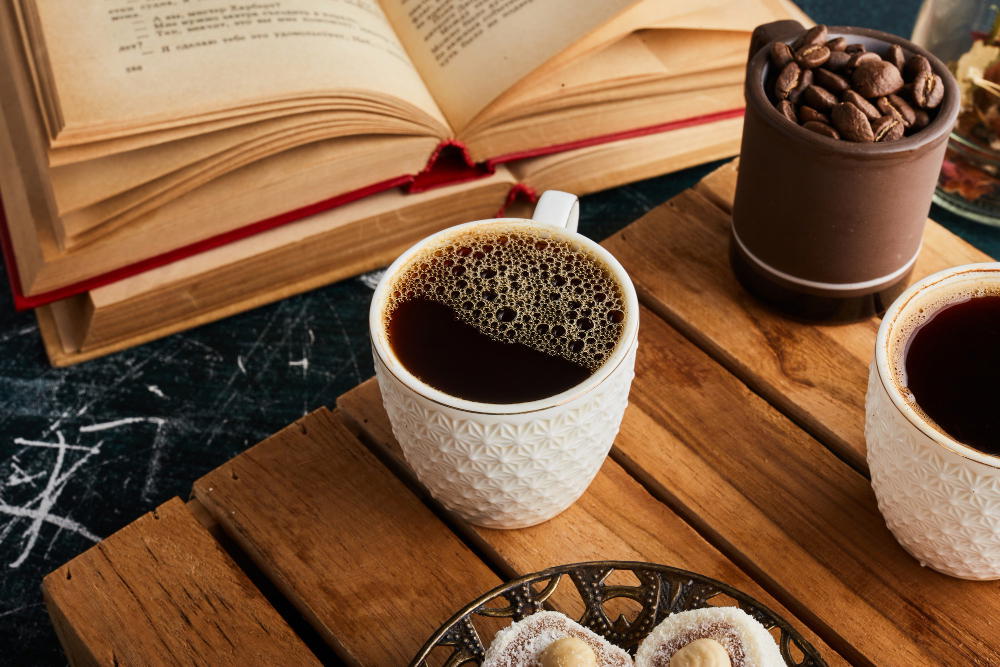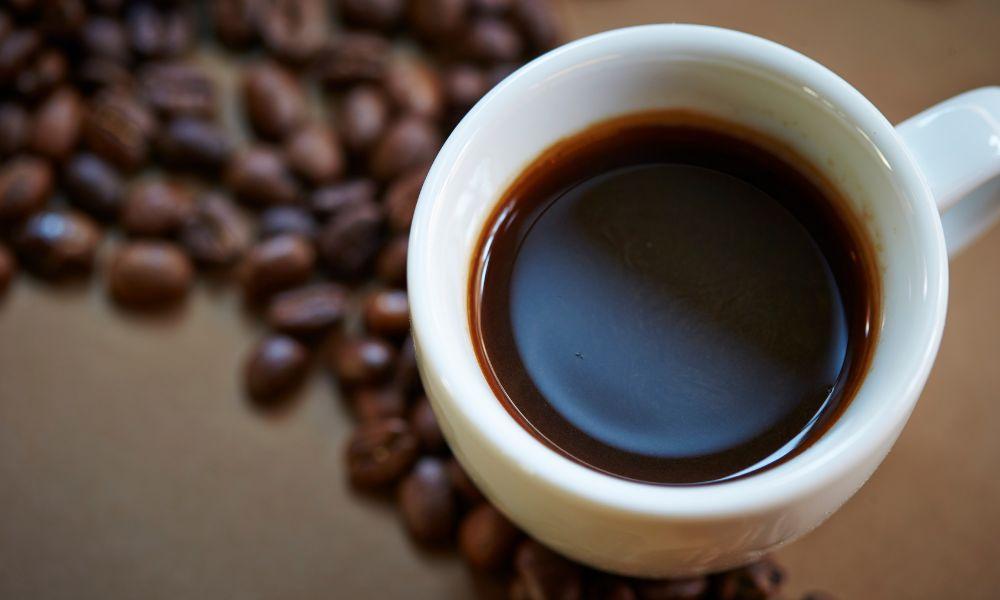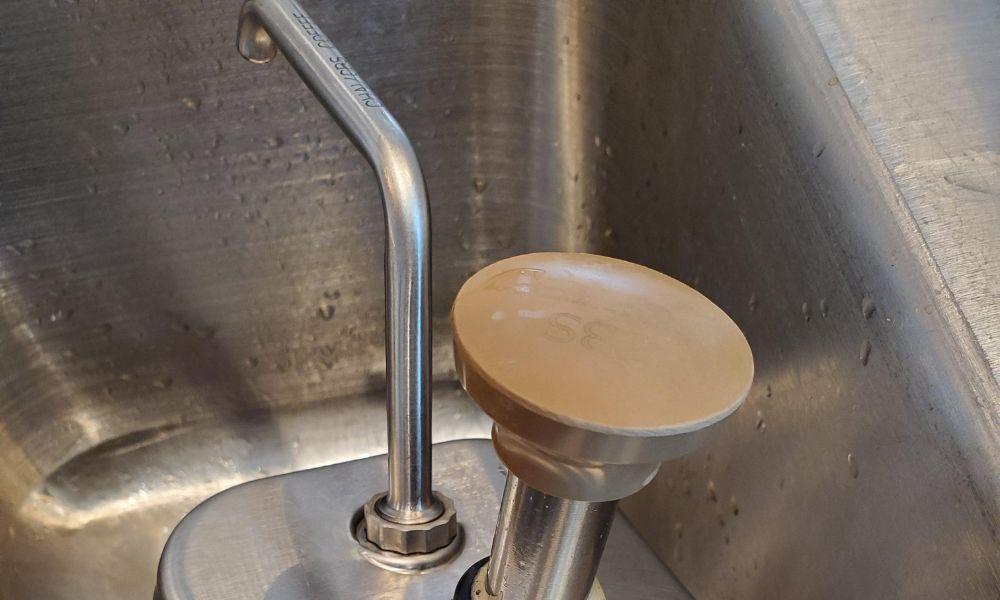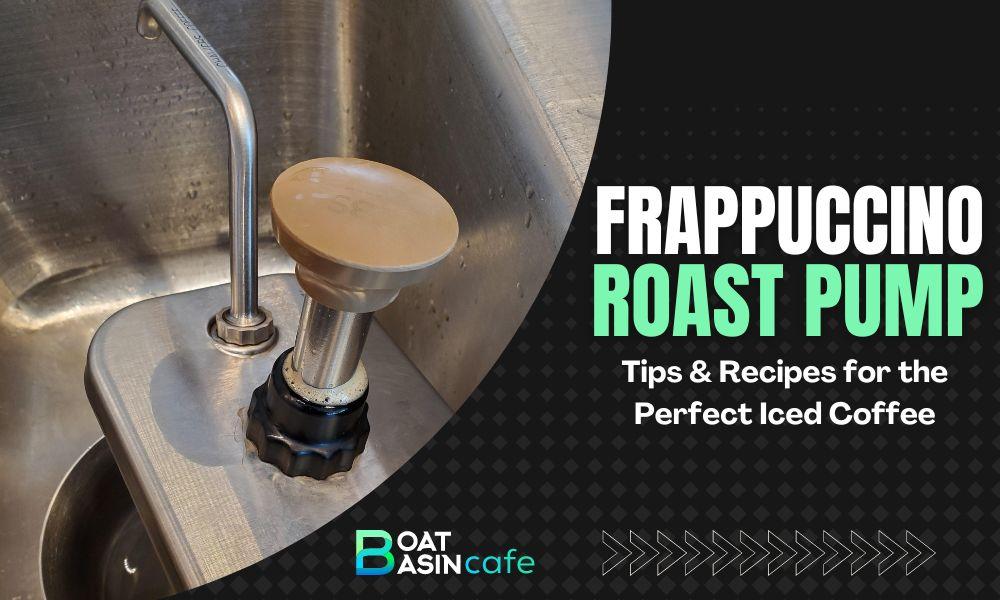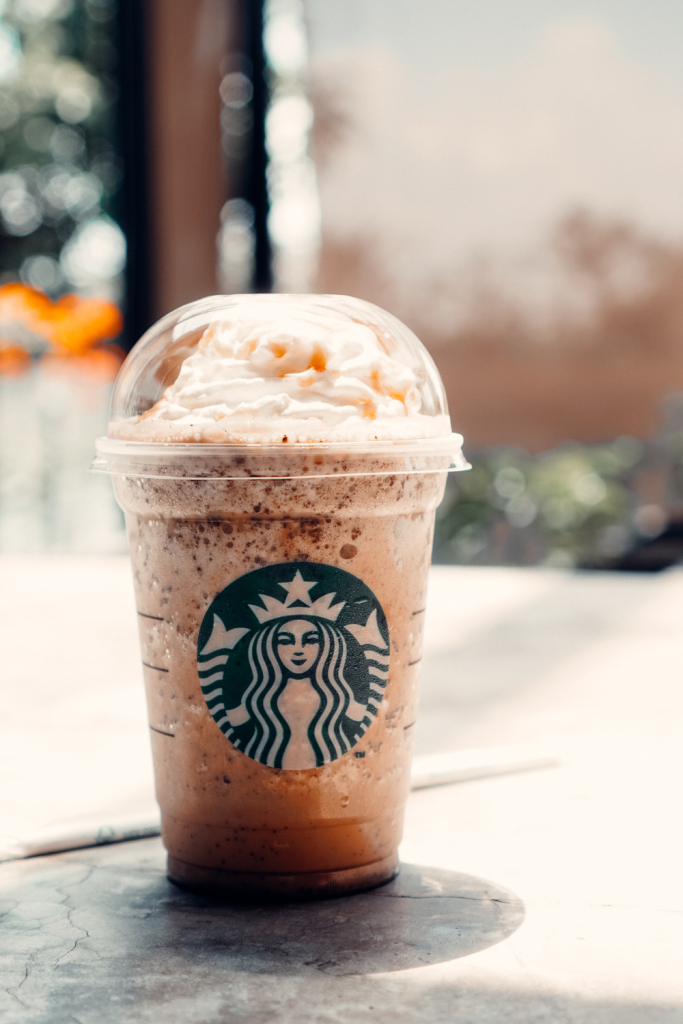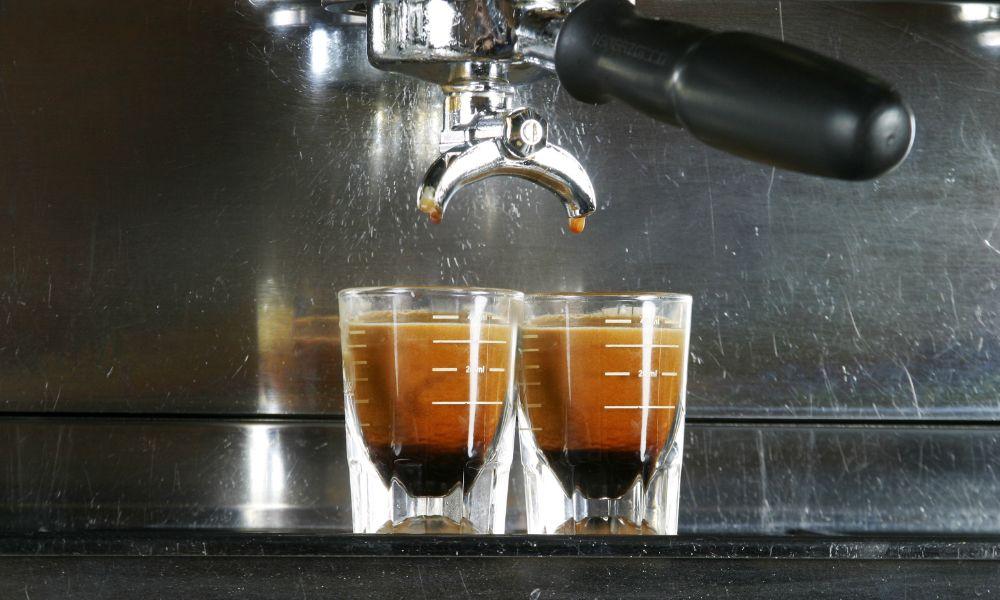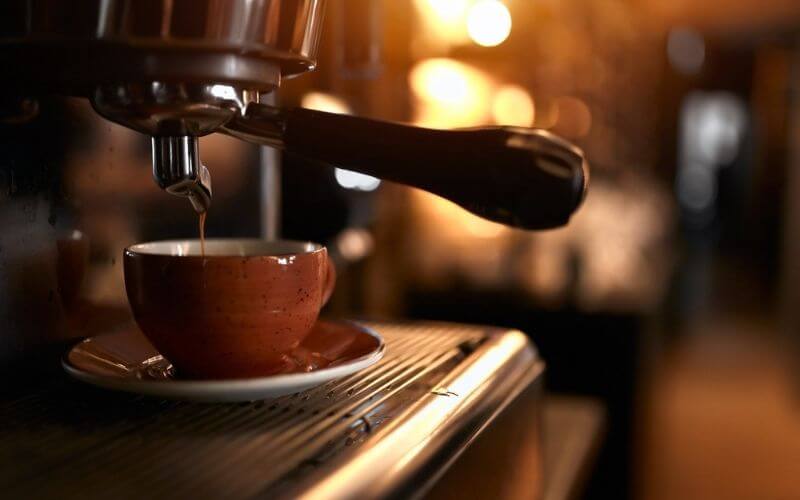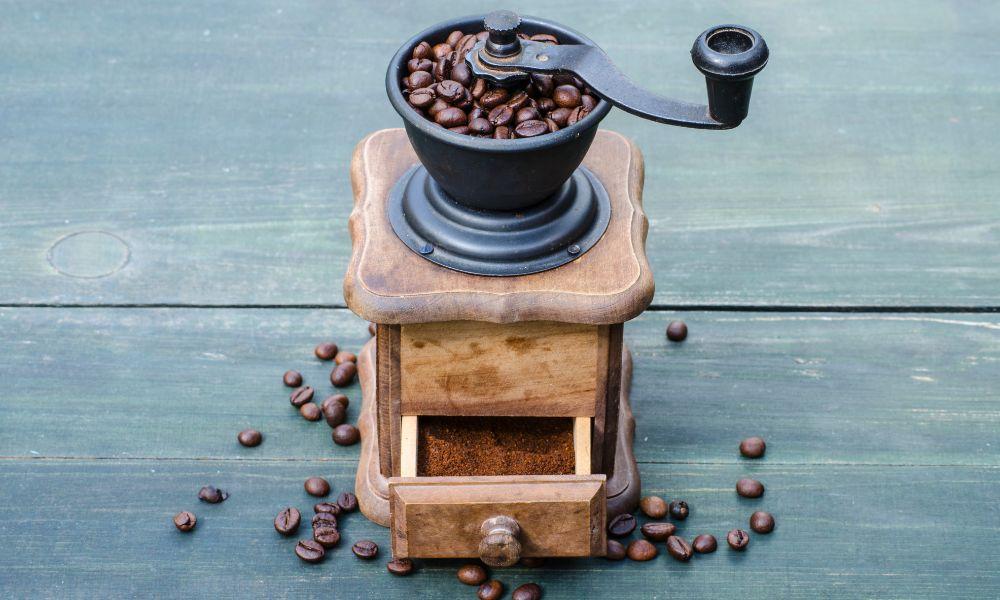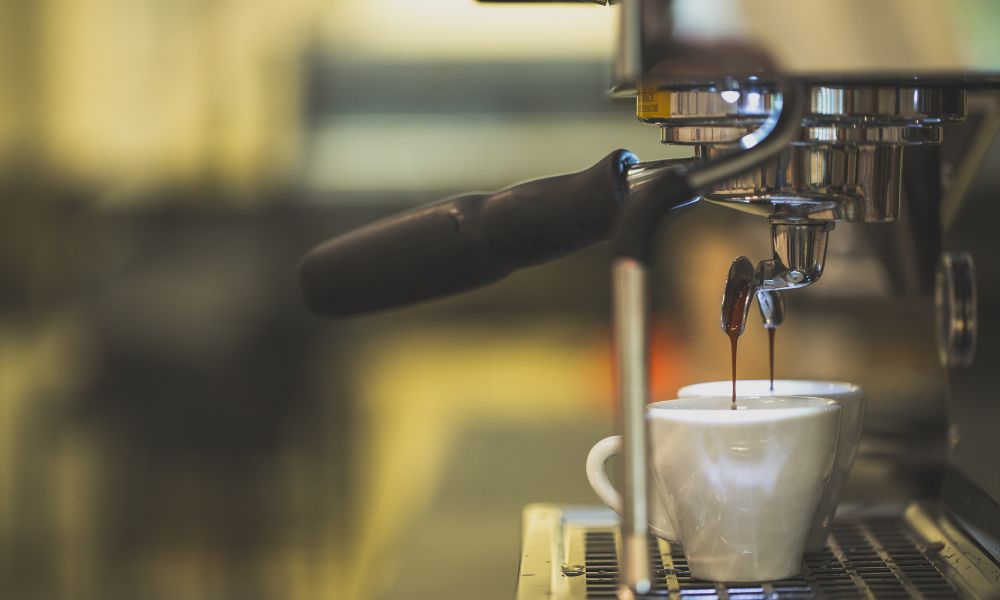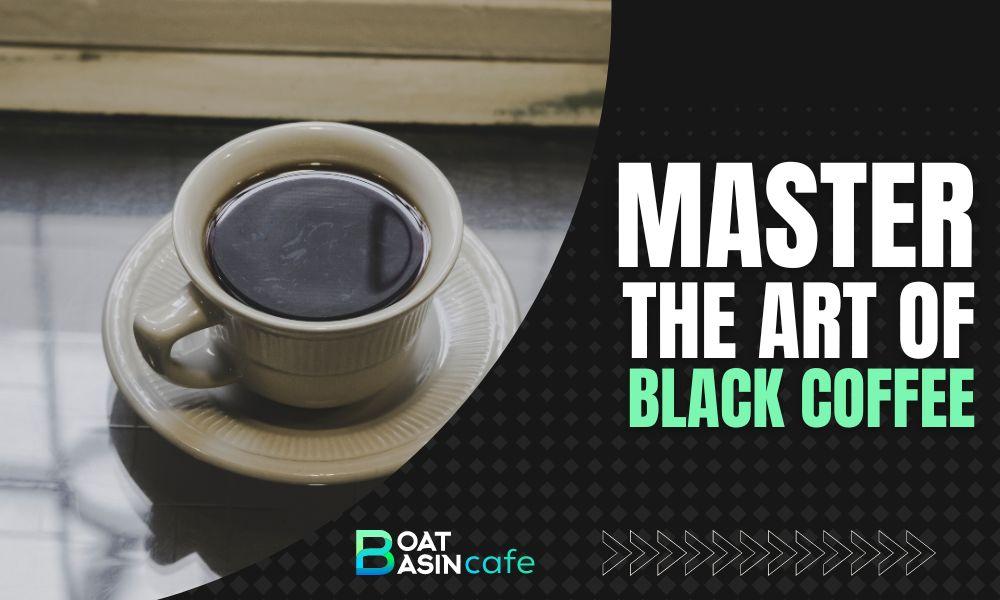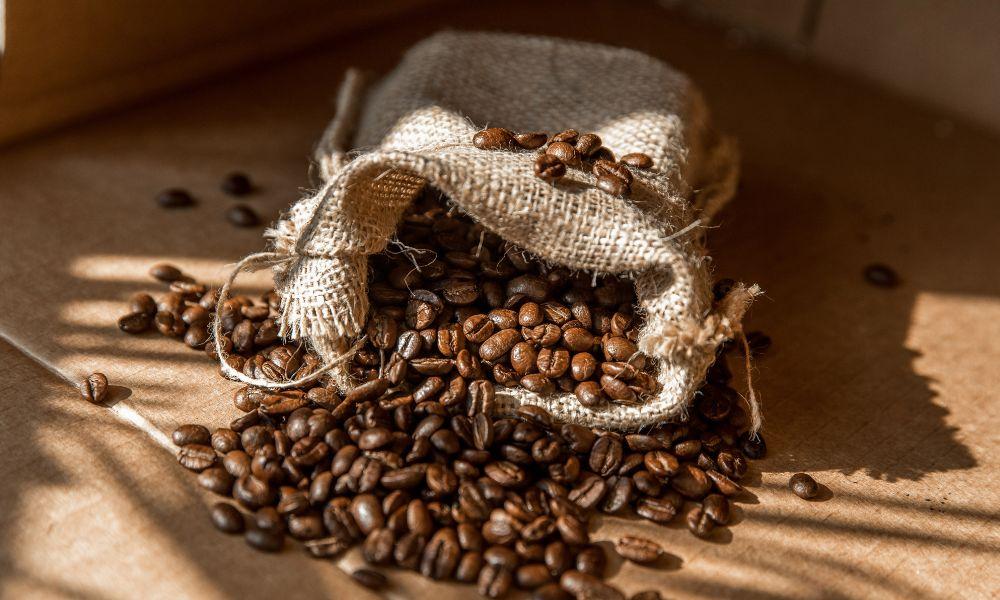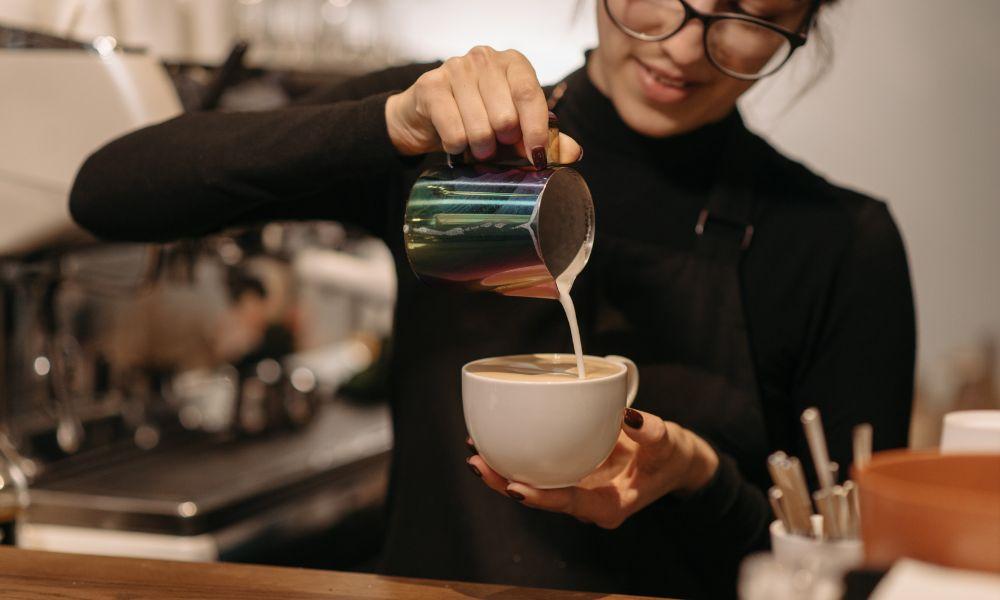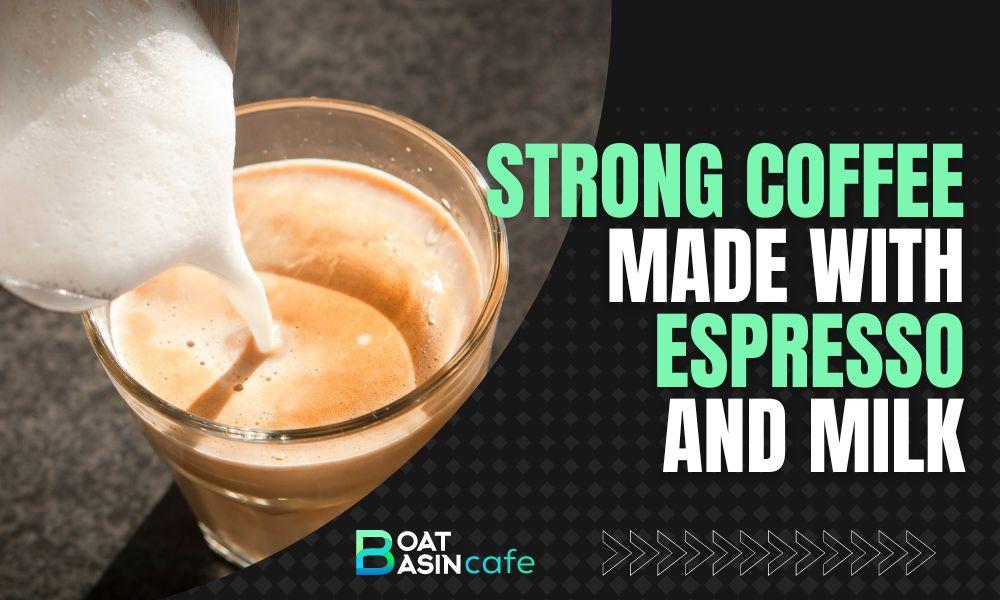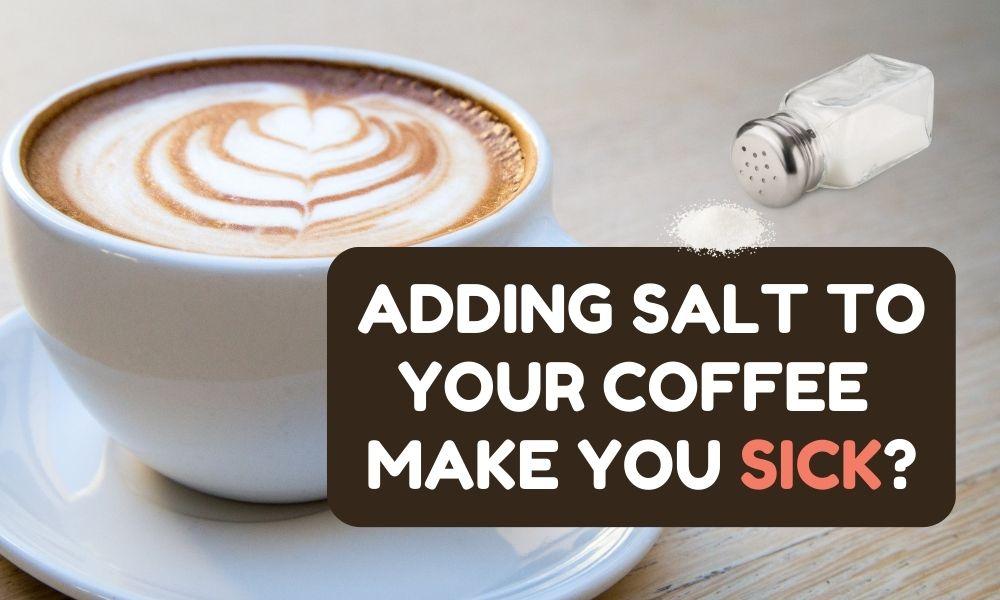Coffee-lovers, gather around! The emblematic world of Non-Espresso Coffee is bursting under the tender sun with intoxicating aromas and enchanting flavors. These aren’t your bustling café espressos but unique brews that have traveled the globe in their simple coffee mugs. Venture forth into this exhilarating exploration of time-honored brewing methods and savor the extraordinary taste of the best non-espresso coffee types.
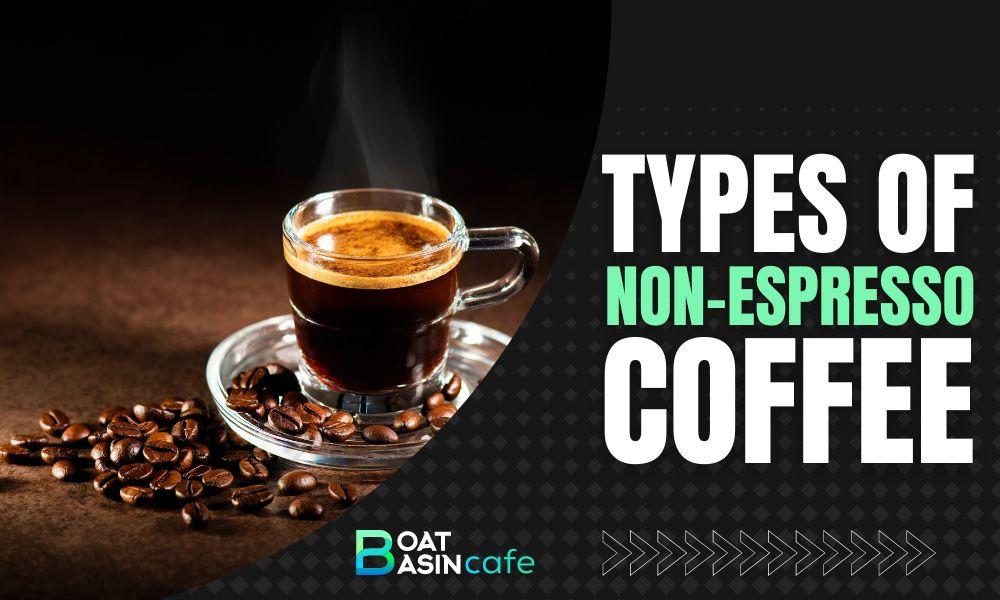
The World of Non-Espresso Coffee
In the realm of coffee, there exist two broad kingdoms – espresso and non-espresso. And while the espresso holds royal status with its thick, rich brew and powerful caffeine punch, non-espresso coffee varietals possess their own unique charm that’s every bit as alluring.
What is Non-Espresso Coffee?
As the term suggests, non-espresso coffee refers to any coffee type that isn’t an espresso. These are generally brewed using traditional methods, yielding unique flavor profiles quite different from the concentrated taste of espresso. They encompass a broad spectrum of brews from the chocolatey Drip Coffee to the delightfully tangy Cold Brew.
Espresso vs Non-Espresso Coffee: The Key Differences
While espresso leaps out from the coffee cup with an aggressive intensity, non-espresso coffee whispers beguiling flavors to the palette. Espressos require high-pressure machines for brewing, pushing hot water through finely ground coffee in a short amount of time. Non-espresso types, on the other hand, rely on gravity or steeping methods, embracing the leisurely pace of time to extract a broad range of delicious flavors.
Exploring Different Types of Non-Espresso Coffee
Plenty of popular non-espresso coffee brews grace our coffee tables. Each one is a treasured gem, bringing its own distinctive personality to the tasting experience.
| Coffee Type | Origin | Brewing Method | Taste and Flavor Profile |
|---|---|---|---|
| Drip Coffee | Germany | Hot water dripped over medium-ground coffee | Bitter cocoa notes, gentle acidity, smooth mellow palate |
| French Press | Italy/France | Steeping coarse ground coffee in hot water then filtering it | Robust and rich, full body, well-rounded |
| Cold Brew | Japan | Steeping coarse ground coffee beans in cold water for over 12 hours | Mellow and smooth, natural sweetness, low acidity |
| Pour Over Coffee | Germany | Pouring hot water over ground coffee in a paper filter | Light body, bright acidity, clear taste |
| Turkish Coffee | Turkey | Simmering finely ground coffee in a special pot | Strong, frothy, sweet, lingering aftertaste |
01 Drip Coffee
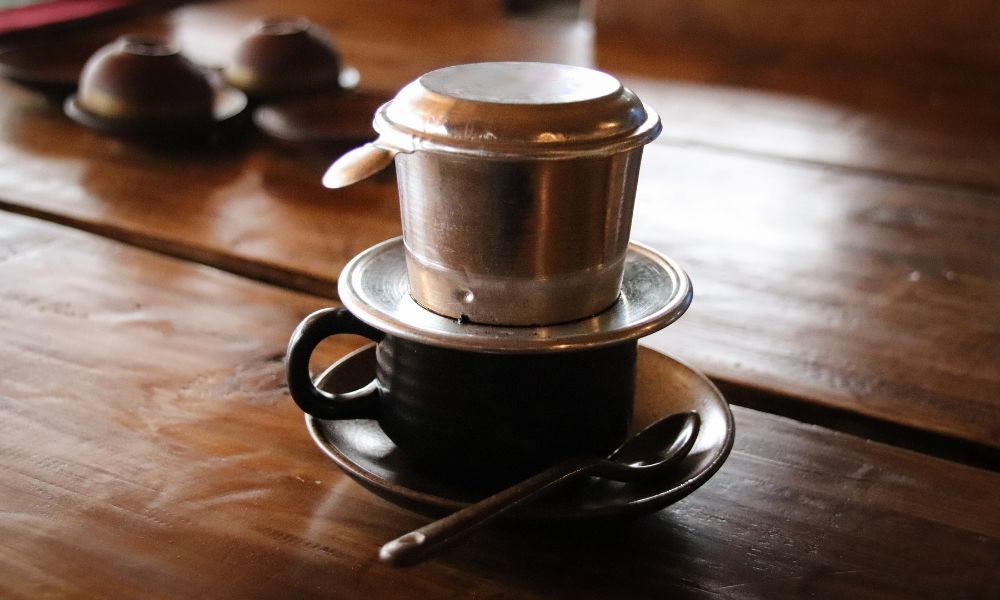
Origin and Brief History
You’ve probably reminisced about the soothing aroma of fresh Drip Coffee wafting through your grandmother’s kitchen. This classic American favorite takes its roots from Germany, and over time, has integrated itself into the fabric of our daily breakfast rituals.
Brewing Method
Undoubtedly, Drip Coffee is the stress-free, preferred choice for morning hustlers. The brewing method is as simple as it gets. Hot water drips over medium-ground coffee held in a paper filter, and gravity works its magic, drawing the bittersweet brew into a carafe below.
Taste and Flavor Profile
Each sip unfurls the soft notes of bitter cocoa, the gentle tickle of acidity, and a smooth, mellow palate. Brewed at a lower temperature, drip coffee contains a lighter caffeine content, making it a fulfilling, yet relaxing drink to start your day with.
02 French Press
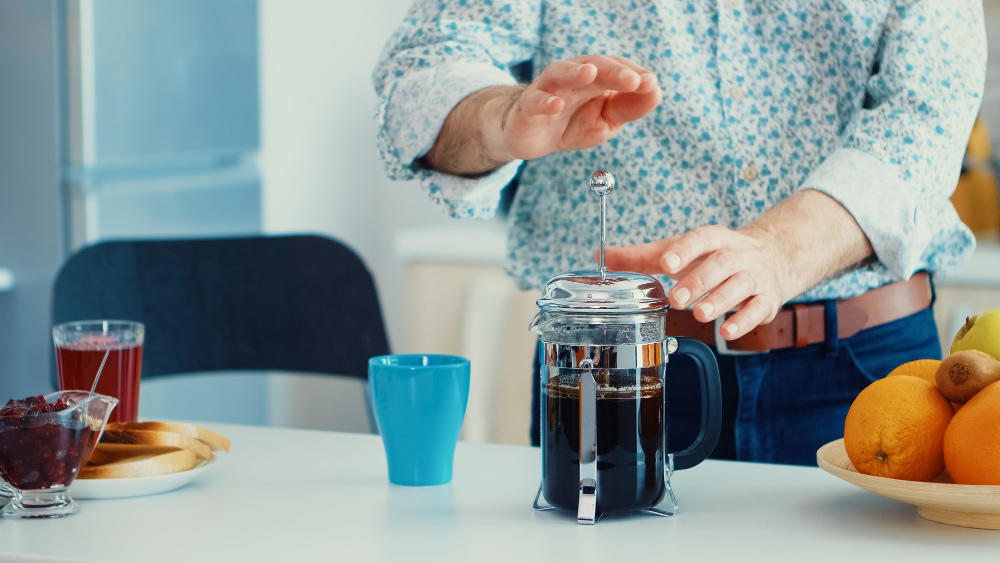
Origin and Brief History
Ah, the elegant French Press! This age-old brewing technique was invented by the Italians in the late 1800s, but it has found a place of its own in the sophisticated coffee culture of France.
Brewing Method
The French Press, or a “press pot,” as it’s familiarly called, builds a more intimate connection between the coffee and the water. Coarse ground coffee is steeped in hot water within the press before the plunger is gently pushed down to separate the brew – simplicity at its best.
Taste and Flavor Profile
French Press coffee brings forth a robust and rich flavor profile. The lack of a paper filter allows natural oils and fine coffee sediments to be present in the brew, leading to a well-rounded, full body that’s completely irresistible.
As we dance through this delightful palette of different types of non-espresso coffee, their unique characteristics come alive, creating an immersive world for every coffee enthusiast out there. But our journey is only half complete! Stay with us as we explore more in the enticing world of South American origin Pour Over Coffee, the exotic delight of Turkish Coffee, and delve into how brewing methods impact universally beloved non-espresso coffee!
03 Cold Brew

Origin and Brief History
Cold Brew, a refreshing antidote to summer’s swelter and an ambrosial treat all year round, traces its origins to the intriguing country of Japan where it was traditionally known as Kyoto-style coffee.
Brewing Method
The secret to its irresistible allure lies in its name – cold water. The brewing process involves the long hours of steeping coarse ground coffee beans in cold water, usually for over 12 hours, and then filtering it to achieve a coffee concentrate.
Taste and Flavor Profile
Blessed with a seductively mellow and smooth taste, Cold Brew unfurls the symphony of natural sweetness and a nuanced flavor, leaving out the acidity generally observed in hot brewed coffee. An enjoyable ice bath for your palate!
04 Pour Over Coffee
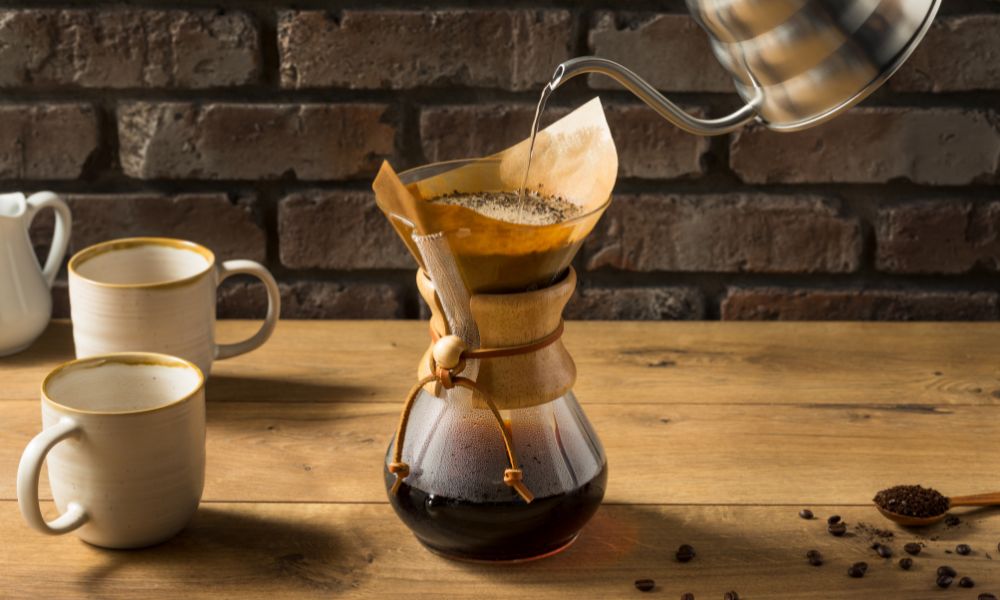
Origin and Brief History
First created in Germany by coffee brewer Melitta Benz, the Pour Over coffee has now traveled the world over enriching coffee lovers with its clean and aromatic brew.
Brewing Method
Here, precision is the key. Pour hot water in a circular motion over ground coffee placed in a paper filter creating a bloom. The water seeps through the coffee ground extracting the unique flavor, and you find the liquid gold trickling down into your cup.
Taste and Flavor Profile
Pour Over coffee offers a light body with bright acidity and clear taste, effortlessly marrying complexity with simplicity.
05 Turkish Coffee
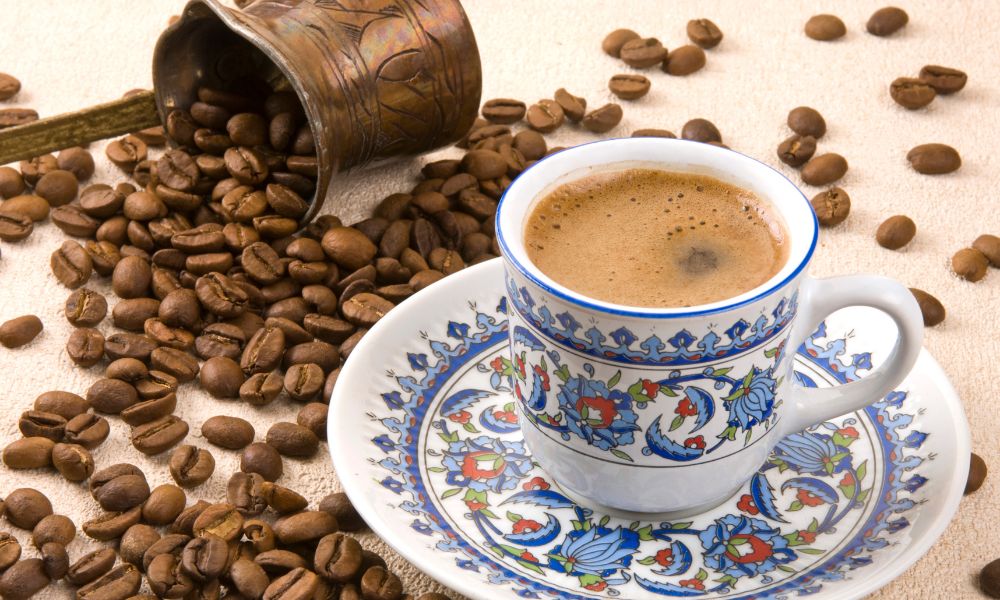
Origin and Brief History
Immerse yourself in the deep roots of the Middle East with Turkish Coffee. It is an integral part of the Turkish culture and is listed in UNESCO’s Intangible Cultural Heritage of Turkey since 2013.
Brewing Method
In this brewing method, finely ground coffee is simmered (not boiled) in a special pot called a cezve, traditionally made of brass or copper, along with sugar according to taste.
Taste and Flavor Profile
Strong, frothy, and delectably sweet, Turkish Coffee leaves a lingering aftertaste that compels you to reach for another cup.
How Brewing Methods Impact Non-Espresso Coffee
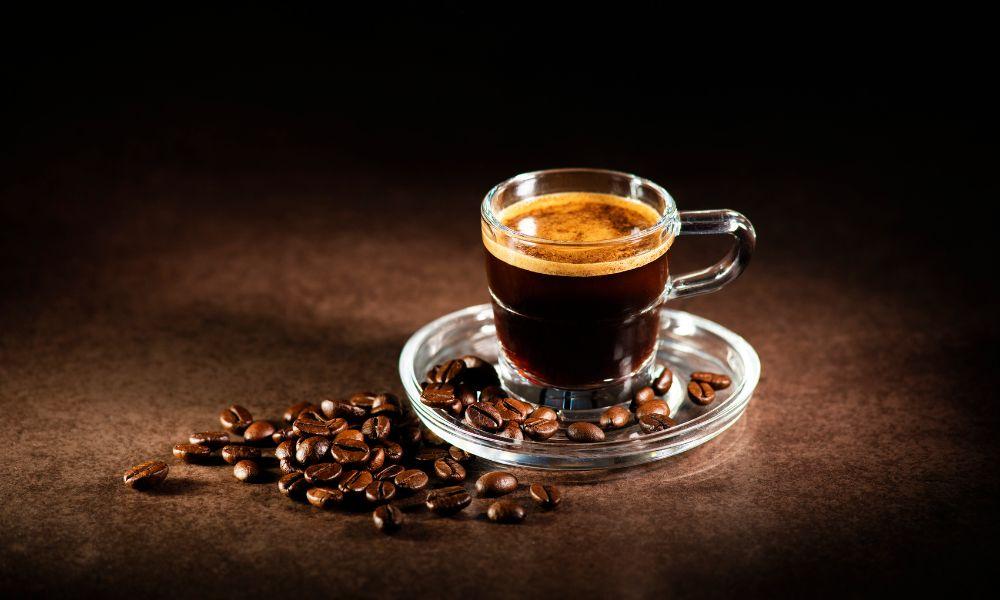
Just like every culinary art, even the process of making non-espresso coffee is a delicate balance of specific variables.
Brewing Temperature and Time
Whether it’s a stimulating Drip Coffee or a smooth Cold Brew, both the water temperature and the brewing time significantly influence the flavor profile and caffeine content of your cup.
The Role of Coffee Grind Size
Grind size is another key player. For a French Press, coarse grind works the best, while for Drip Coffee, a medium grind is used, and the finest grind is for Turkish Coffee.
Importance of Water Quality
Water quality often overlooked, significantly influences your coffee’s taste. Soft water tends to flatten the taste, whereas hard water makes it more vibrant.
Practical Brewing Tips for the Perfect Cup
| Coffee Type | Tips |
|---|---|
| Drip Coffee | 1. Use freshly ground, medium-sized coffee beans. 2. Gradually pour water over coffee grounds in a circular motion. |
| French Press | 1. Steep coffee for exactly four minutes. 2. Stir gently before placing in the plunger. 3. Use coarse ground coffee. |
| Cold Brew | 1. Start your brew with cold or room temperature filtered water. 2. Steep coffee for at least 12 hours in the fridge. 3. Carefully strain the brew. |
| Pour Over Coffee | 1. Rinse your filter with hot water before brewing. 2. Pour slowly, in a spiral pattern. |
| Turkish Coffee | 1. Use a coffee-to-water ratio of 1:10. 2. Stir until it starts to foam but never let it boil. |
Famous Brands for Non-Espresso Coffee
The world of non-espresso coffee is also graced by iconic brands like Starbucks, Nestle, and McCafe, offering a diverse variety of flavors to all coffee admirers.
Conclusion
After journeying across continents and centuries, we can safely say that the universe of non-espresso coffee is diverse, vibrant, and absolutely thrilling. Whether you crave the sophistication of a French Press or the invigorating simplicity of a Cold Brew, your perfect cup is just a brew away!
FAQs
What is the strongest type of non-espresso coffee?
Among the non-espresso coffee types, Turkish Coffee is considered the strongest due to its brewing method. It is unfiltered and brewed with coffee grounds which are even finer than espresso.
Is cold brew stronger than drip coffee?
In terms of caffeine content, yes, a cold brew coffee can be stronger than drip coffee because of its long steeping process. However, it’s often diluted with water or milk, which lowers the overall caffeine content.
What are the main differences between espresso and non-espresso coffee brewing methods?
Espresso brewing involves forcing hot water through finely ground beans at high pressure, usually with an espresso machine. Non-espresso brewing methods include drip filtration (where hot water passes through a filter filled with ground coffee), steeping (as with a French press), and boiling (as with Turkish coffee).
Why does French press coffee taste different from drip coffee?
French press coffee is typically bolder and stronger than a drip coffee because it’s a steeped method of brewing and its metal filter allows more natural oils and tiny coffee particles into your cup. Drip coffee, however, removes most of these oils and coffee particles through its paper filter, resulting in a cleaner and lighter cup of coffee.
Does Grind size affect my coffee taste?
Yes, the size of your coffee grind significantly affects taste. A finer grind allows extraction to occur faster and could result in a stronger flavor. In contrast, a coarser grind slows down the extraction process and might give a lighter flavor. However, the ideal grind size varies on the brewing method – Turkish coffee uses super fine grinds, espresso calls for fine grinds, drip coffee makers use medium to coarse grinds, and a coarse grind is perfect for French press and cold brew.
Inspiring Quote
Let’s wrap this mesmeric journey with a quote, “Coffee – the favorite drink of the civilized world.” – Thomas Jefferson
References:
- The World Atlas of Coffee by James Hoffmann
- Coffee Obsession by de Charmoy, Danielle
- [Coffee: A Comprehensive Guide to the Bean, the Beverage, and the Industry(https://rowman.com/ISBN/9781442219208/Coffee-A-Comprehensive-Guide-to-the-Bean-the-Beverage-and-the-Industry)
- History of Coffee – National Coffee Association
- The Oxford Companion to Coffee
